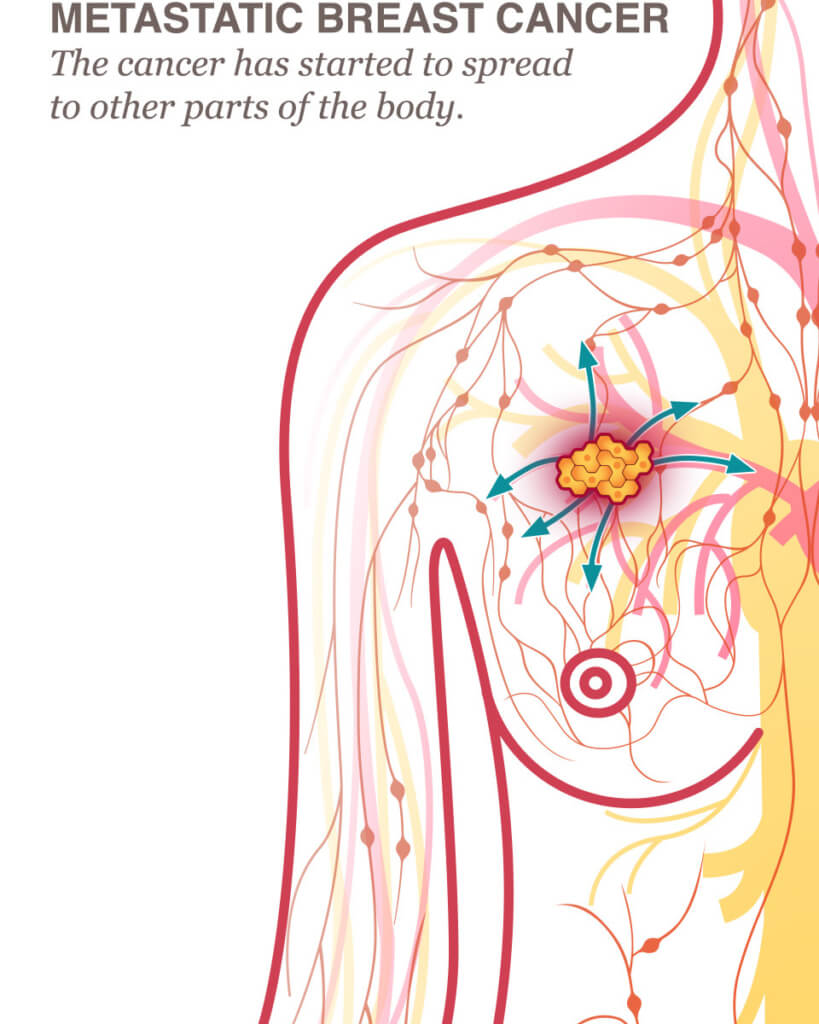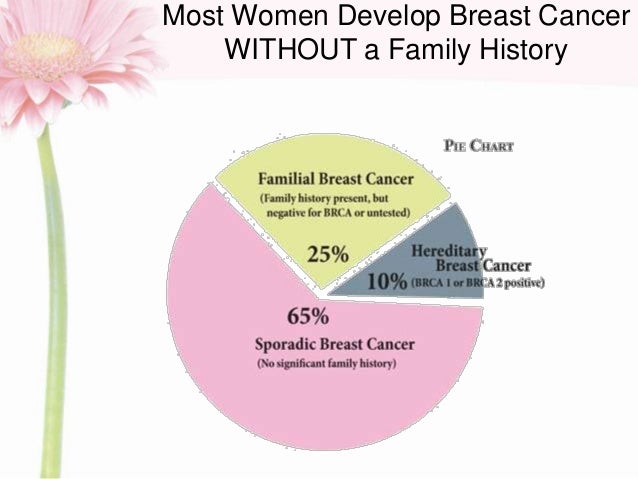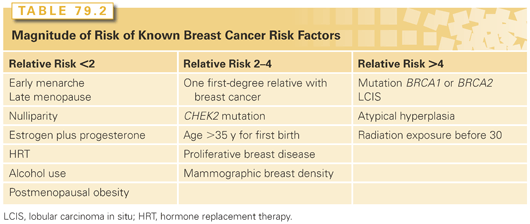A diagnosis of hereditary breast and ovarian cancer syndrome hboc is considered when there are multiple cases of breast cancer and or ovarian cancer on the same side of the family.
Breast cancer hereditary paternal side.
Brca1 breast cancer gene one and brca2 breast cancer gene two.
But most women who have a close relative with breast cancer will never develop it.
The chance that a family has hboc increases in any of these situations.
Having a mother sister or daughter first degree relative diagnosed with breast cancer approximately doubles the risk of breast cancer.
25 2010 health care professionals sometimes overlook a family history of breast and ovarian cancer on the father s side of the family when evaluating a patient suggesting that some women.
If they have an abnormal gene men are also just as likely to pass it on to both their daughters and their sons.
Three or more first or second degree relatives from the same side of the family with breast or high grade prostate cancer at any age.
Men are just as likely as women to have an abnormal breast cancer gene.
Two or more first or second degree relatives from the same side of the family with breast cancer if at least one breast cancer was diagnosed before age 50.
Most inherited cases of breast cancer are associated with two abnormal genes.
This risk is higher when more close relatives have breast cancer or if a relative developed breast cancer under the age of 50.
Blood relatives on either side of the family have had breast cancer diagnosed before age 50 both breast and ovarian cancer on the same side of the family or in a single person two or more primary types of brca1 or brca2 related cancers in a single family member women in your family have had cancer in both breasts.



























